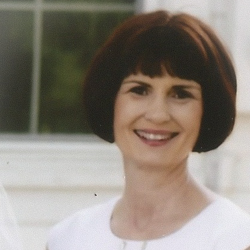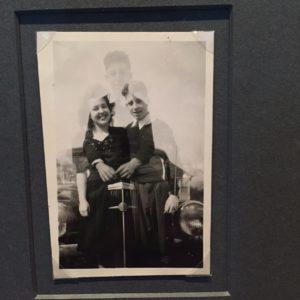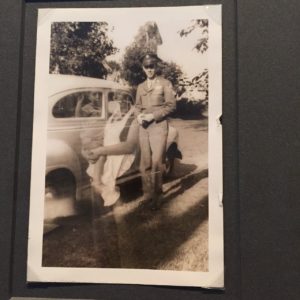Since the age of eight, I have owned a camera. I enjoy documenting special events, creating colorful scrapbooks and periodically reviewing my personal narrative.
It wasn’t until six years ago, however, that I began to use photography as a method of artistic expression. The camera became a means to discover beauty in the ordinary, joy in the mundane and God’s artistry in nature.
Of course I quickly learned photography is far more complex than my old method of point-and-shoot, and the more I study the craft, the more I realize I do not know.
For example, I quickly learned the significant difference between a snapshot and a photograph. And my scrapbooks are filled with snapshots.
According to Wikipedia’s definition: “A snapshot is a photograph shot spontaneously and quickly, most often without any artistic or journalistic intent… commonly considered imperfect – out of focus and poorly composed.”
In other words, snapshots are elementary and not worthy to be called photographs.
Somehow this definition morphed into one more confirmation that I am simply “not good enough.” I questioned whether my pictures (and even I) would ever measure up.
This summer our local museum hosted a special exhibit entitled: “The American Snapshot: An Anonymous Art.” I knew I had to attend. I was curious how this lowly form of photography qualified as art.
While viewing these images, I not only discovered the snapshot has artistic value, I learned I have value, too.
The exhibit taught me two valuable lessons:
First, the snapshot is not a substandard art form. It is not something to be ashamed of. While photography is equated to fine art, the snapshot is more akin to folk art.
Folk art, as defined by Wikipedia, “Encompasses art produced from an indigenous culture or by peasants or other laboring tradespeople. In contrast to fine art, folk art is primarily utilitarian and decorative rather than purely aesthetic.”
The snapshot’s purpose is to capture our memories so we can share our stories with future generations. Snapshots may not be considered fine art, but that does not make them less worthy than a photograph. Both have value, meaning, and significance.
Here’s the thing. I like Folk Art. I’m a practical, utilitarian kind of gal. I’ve always preferred pottery to fine china. I love quilts, and the idea that each scrap of fabric tells an integral part of a family story.
My pictures may never be considered fine art, but that’s not my style anyway. I need to stop downplaying their significance and instead embrace their unique perspective.
And while I’m at it, I need to stop downplaying myself.
Romans 12:4-6 states: “For just as each of us has one body with many members, and these members do not all have the same function, so in Christ we, though many, form one body, and each member belongs to all the others. We have different gifts, according to the grace given to each of us.”
I lead a quiet, reserved life. While I may never impact this world in a big way, the Lord has equipped me with gifts and talents I can use to bring Him glory. I should not belittle these gifts but instead embrace them.
As long as I fulfill His purpose in my life, I have value, meaning and significance.
The second lesson I learned is mistakes are not failures. Some of my favorite snapshots were the double-exposure pictures. The photographer apparently forgot to advance the film, causing two shots to appear on the same negative. 
While not a “perfect” picture, I liked the idea of two stories coming together in one serendipitous moment. These images gave me reason to pause, think and imagine.
However, on occasions when I forgot to advance the film and double-exposed a picture, I considered it a failure. I berated myself for making such a “stupid” mistake, and I could not forgive myself for missing the shot.
Perfectionism is a debilitating disease. It constantly reminds us we’re not good enough; it requires us to set unrealistic expectations for ourselves and for others; and it creates strife in relationships when those expectations are inevitably unmet.
Perfectionism robs us of joy. Perfectionism prevents us from accepting Christ’s promise that He came into this world so we may have life and have it to the full. Perfectionism makes us focus on ourselves rather than Him.
Yet even mistakes, oversights and poor choices have value. If we open our minds and our hearts, these imperfections can help us change perspective, release expectations and find beauty in the blunder.
I came home from the exhibit refreshed and renewed. I no longer compared my pictures to other art forms. Instead, I enjoyed them for the stories they told and the memories they preserved.
And I no longer needed to compare myself to others. I have value because I am God’s creation. I’m learning to accept myself – my strengths and my weaknesses – and I intend to live life to the full.
©2016 Molly Totoro for GateWay of Hope
Molly Totoro is a writer who has a heart and passion for authentic living. She firmly believes “Everyone has a story to share.” Molly helps others write their stories to impact future generations. Follow Molly’s new blog series, “How to Journal” at Revising Life after 50.
